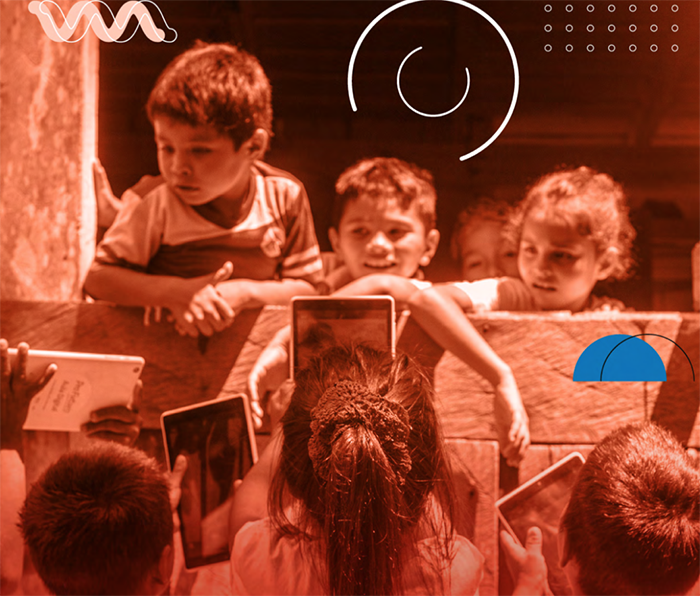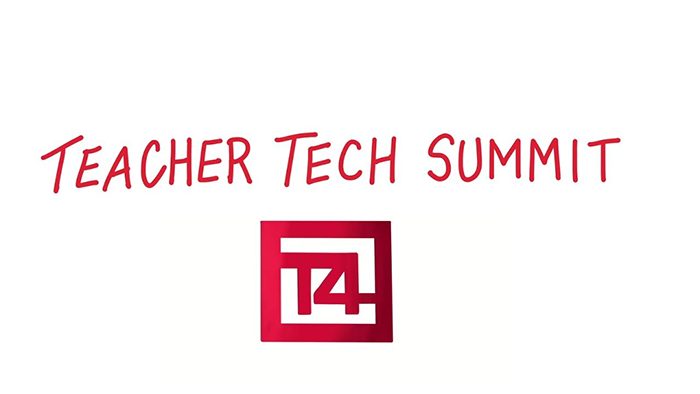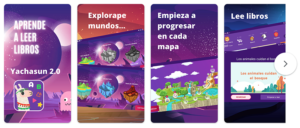
We read and dream with Yachasum
Miguel de Unamuno used to say that a child who reads will be an adult who thinks. That is why Reyna Rodríguez, a primary school teacher in the highland province of Quispicanchi, more than 4,000 metres above sea level, decided to create an app to motivate her students to learn to read and improve their reading comprehension in Quechua and Spanish.
Yachasum, which is the name of the application and means ‘let’s learn’ in the Quechua language, uses storytelling and play to achieve its goal. Students read the stories, which have also been collected from the stories of their own communities, and then answer a series of questions to demonstrate their understanding of the texts. The questions give them points that they can “redeem” for mascots to play with.
Its creator, a teacher who lives at school during the week in order to be able to teach her students, was inspired by Oráculo Matemágico an application for learning mathematics that the children were very motivated to use. In this way, she thought she could improve children’s learning of reading, while at the same time highlighting the knowledge, customs, traditions, stories, tales and legends of the Quechua community.
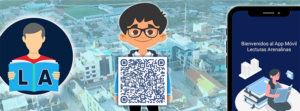
Learning to understand and assimilate information with Lecturas Arenalinas
“Students today are saturated with information. This prevents them from assimilating it properly and making effective decisions. They lack strategies to discern what kind of information they are consuming. So, to get their attention, I decided to use technology to increase their reading level and the useful and responsible use of ICTs”. This is Abel Janampa, a secondary school teacher in the district of Huayllay in central Peru. His application, Lecturas Arenalinasoffers weekly reading plans to help students improve their reading skills and reading habits.
Thus, every Monday, a new reading is posted for each cycle, with a weekly challenge that the student must meet to demonstrate their comprehension of the text. In addition, the application provides insights on how students read and understand texts, based on parameters such as reading speed, comprehension, reading fluency, reading time… and thus make a formative assessment of student performance.
Janampa, who created the application during the Covid-19 health emergency, did research to select a suitable tool to meet his needs. He found it in the MIT App Inventor, a free application developed and endorsed by MIT for developing Android applications. “It is very easy to use and works in a similar way to Scratch, with block programming,” explains the teacher. He then tested the prototype with some colleagues and students to evaluate its performance and gradually added more functionalities to the application.
The results, provided by the application’s own statistics, are encouraging: greater interest in reading, improved weekly reading habits, increased reading time, improved comprehension, improved reading speed, more responsible and conscious use of ICT…
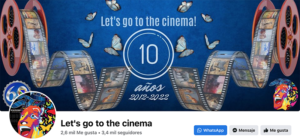
We learn English by making films
It is unquestionable that film is a tremendously valuable learning tool: it makes it easier to remember and recreate events and theories, encourages debate and discussion, makes you think, stimulates the imagination… At Let’s go to the cinema!, they also use it to improve language learning. The programme, which has received several national (in Colombia) and international awards, uses new technologies to help students learn English in a fun and motivating way. And no, they don’t just show them clips in the original version. Let’s go to the cinema goes much further.
First, a scene is selected from a film that is easy to act out and the script is written in English and Spanish. They then divide into groups and decide, democratically, who will play the role of the director and each character. Then, they are given time to memorise the texts and do the filming and editing process of the final work, which is done with laptops equipped with video editing software, and with the help of the technology teachers, who are fully involved in the project.
This is followed by a highly significant educational evaluation in which students have the opportunity to express, face to face, how they experienced the process, how they felt, if they had difficulties… A co-evaluation is also carried out using the tool RubiStar tool, in which they themselves evaluate their wardrobe, pronunciation, fluency in the language, choice of locations…
As a final activity, the school takes the film to the green spaces, parks and neighbourhoods of the municipality so that the whole community can see the children’s work.
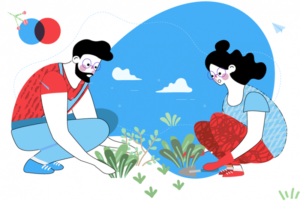
Solving real problems with STEM
In March 2020, as a result of the confinement caused by the pandemic, some localities in the Colombian municipality of Pitalito, in the department of Huila, experienced a lack of food security. In order to find solutions to this problem, a research project was initiated using a PBL (problem-based learning) approach, applied directly in the context of students in grades 8-11 and their families.
The STEM Community Vegetable Gardens make it possible to raise awareness of a real issue in order to help transform it, all while strengthening the relationship between the school (through its scientific knowledge), students (through their education as global citizens), parents (through their empirical knowledge) and the agricultural context.
As explained on the Colombian teaching platform Contacto Maestro the project is structured in three phases:
- Immersion. Students conduct queries, interviews and produce a video explaining the problems encountered.
- Transfer. Design and implementation of vegetable gardens, based on the STEM challenges, through four steps:
a) Design: the student interviews an expert farmer in the area (father or mother) for guidance on essential aspects of planting the best plant species and their care.
b) Prototype: the vegetable garden is built and planted using technological tools based on computational thinking (Scratch 3.0 or Arduino) and artificial intelligence.
c) Test: collection of the cultivated plant species and distribution (for family consumption, bartering, or sale through the project’s social networks).
d) Evaluation and improvement: this is carried out through four fundamental questions: What have I learned? How did I learn this? How has it been useful to me? and When else can I use it? The lessons learnt enable crop improvement during replanting.
3. Communication. Writing and distributing leaflets to the community with basic tips on how to obtain organic food.
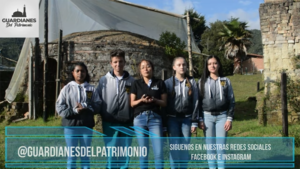
Guardians of local heritage
El Carmen de Viboral is a municipality located in the Colombia’s eastern region of Antioquia, recognised as the cradle of the area’s culture and ceramics, a craft tradition that emerged more than 100 years ago. Today, the factories, closed due to the region’s economic and social circumstances, survive as archaeological remains in the municipality. The kilns have been declared an archaeological industrial heritage site and it is the duty of the public to protect and conserve them.
Thus was born the school research project Reconociendo mi Patrimonio, a project that aims to recognise and place value on the region’s historical and cultural heritage. The design of the project is based on identifying the problem, which involves the scarce sense of cultural appropriation of the education community with this institution, specifically its pottery tradition.
The main objective is to promote the students’ cultural appropriation and identity towards their heritage, cultural and historical assets, through strategies based on the STEAM+H methodology.
The project draws on strategies based on gamification, computational thinking and the maker culture and uses collaborative methodologies inspired by science and engineering. Thus, the students created various multimedia content such as podcasts, digital comics, a minecraft world, infographics, QR codes, AI-based chatbot and, in the end, with all this information, a transmedia narrative was developed on the Genially platform.
Other appropriation strategies were also used, such as the creation of social networks, a day of cleaning and refurbishment of the kilns, talks with an archaeologist and an anthropologist, workshops on heritage, a visit to the pottery museum, and so on.



